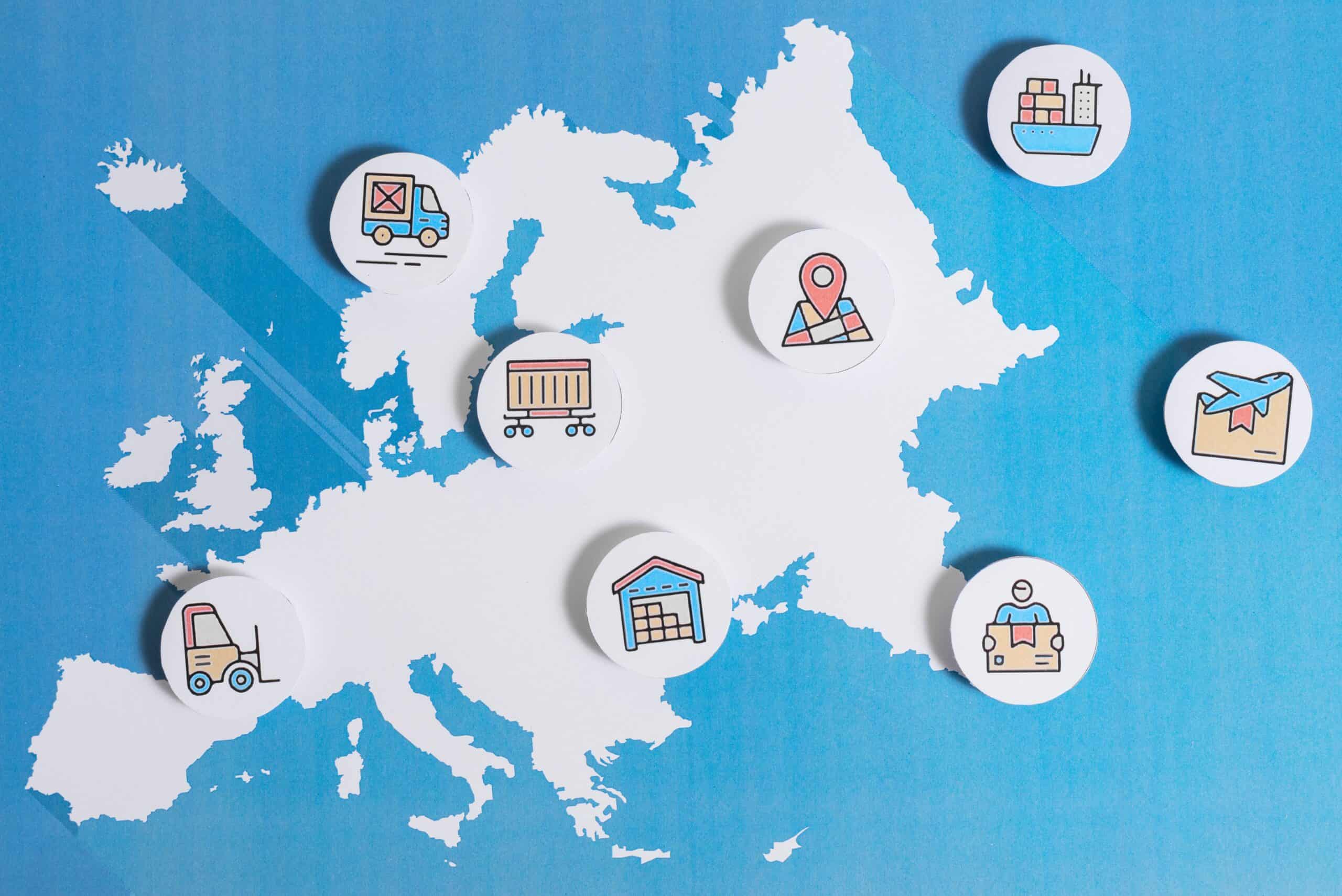
Internationally positioned companies need to get a grip on the risks in their value network. This is the only way they will remain competitive in the future. Used correctly, modern risk management can become the new success factor.
Global supply chain networks will never be 100 percent secure. So let’s say goodbye to the idea that it could be. The past few years have made it clear how fragile the increasingly complex value networks are. And how painful the consequences can be for companies such as through production stoppages, lost sales, contractual penalties and reputational damage.
For the foreseeable future, the challenges will not diminish, because we live in uncertain times. External factors and drivers (see right) will continue to cause disruptions that need to be managed.
Influencing factors & drivers of the Supply chain network management
Government policy / political stability / Corruption / foreign trade policy / tax policy / labor laws / trade restrictions and barriers
Population growth / age distribution / career attitudes / health consciousness / lifestyle / cultural barriers
Carbon emissions reduction / environmental policies / climate change / pressure from NGOs / alternative energy sources
Antitrust / discrimination / employment / consumer protection / health & safety / German Supply Chain Act – (LkSG) / EU sustainability guidelines
Economic growth / exchange rates / interest rates / inflation / unemployment rates / disposable income / labor costs
Artifical intelligence – machine learning / prescriptive analytics / data management / robotic process automation (RPA) / robotics
Complicated production networks are prone to disruption
At the same time, we have to look at ourselves: Isn’t the problem also homemade? Today, raw materials, intermediate products and spare parts are procured worldwide, products are distributed via branched sales channels – always designed for efficiency, costs and market proximity. But the larger the network of supply chain partners involved, the more difficult it becomes to keep track of all the requirements as a whole.
To be clear, a global network of sites is important to access international markets. But if you want to survive in international competition in the future, you can no longer hope for security, you have to get risk under control. Integrated supply chain risk management is therefore part of the new normal and helps make the network more transparent and resilient.
Proactive risk management ensures fewer losses
Risk management is not just about preventing problems. Used proactively, it can become a success factor. Because it
- stabilizes a company’s social responsibility,
- improves environmental, social and governance (ESG) performance,
- helps with compliance with legal regulations and
- ensures continuity in supplier management.
First-class risk management works in tandem with modern supply chain network management and requires the right mix of people, processes and technology. Staufen AG has developed an approach that focuses on the dimensions of robustness, responsiveness, and resilience in addition to traditional performance criteria. In the latest white paper, our experts explain how companies can minimize losses and quickly return to normal performance levels in crisis situations.

Wilhelm Goschy
Chief Executive Officer
STAUFEN.AG

Wilhelm Goschy is the CEO of Staufen AG. Since 2011, the lean expert has been a board member of the world’s leading operational excellence consultancy. There he is responsible for business development and strategic industry and market development.
Goschy’s consulting focus is on value-stream-oriented factory concepts, the implementation of value creation systems, and coaching executives. In addition, he was significantly involved in expanding the foreign business of Staufen AG in recent years.
MORE ON THE TOPIC OF SUPPLY CHAIN NETWORK MANAGEMENT

Supply Chain Network Management
What will the stable supply chain network of tomorrow look like? An answer to this and other questions can be found in our white paper.
Read more
Supply Chain Act
The Supply Chain Act requires companies to take responsibility for their entire supply chain. How can companies do this?
Read more
